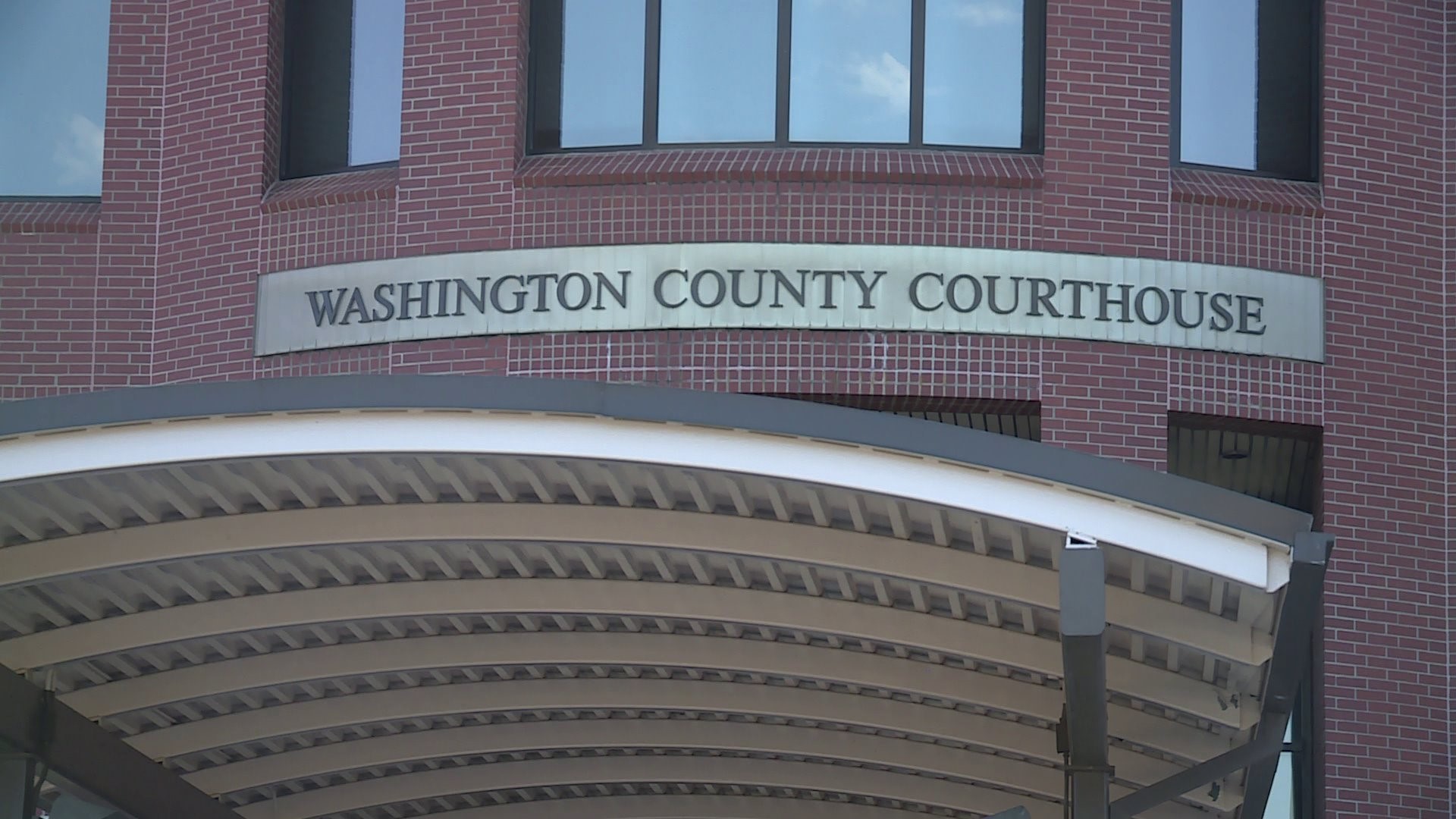Commerce on the Arkansas River is up 1.5% during the first two months of 2020 compared to the same period in 2019. The rise comes as the navigable system and its river operators are less than a year removed from record flooding.
The historic flooding hit the Arkansas River (McClellan-Kerr Arkansas River Navigation System, or MKARNS) in May-June of 2019 after rains of up to 600% above normal in northeast Oklahoma and southeast Kansas overtook the capacity of Oklahoma reservoirs to store the water. The river crested May 29 in the Fort Smith area at 40.26 feet, surpassing the all-time highest river level of 38.1 feet set in May 1945.
Gov. Asa Hutchinson said in late May that flooding along the river had stopped commercial barge traffic on the Arkansas River at a cost of $23 million a day to the state’s GDP.
The Arkansas River system is 445 miles long and stretches from the confluence of the Mississippi River to the Port of Catoosa near Tulsa, Okla. The controlled waterway has 18 locks and dams, with 13 in Arkansas and five in Oklahoma. The river also has five ports: Pine Bluff, Little Rock, Fort Smith, Muskogee, Okla., and the Tulsa Port of Catoosa in Oklahoma.
During January and February, commerce totaled 1.702 million tons up 1.5% from the 1.677 million tons in the first two months of 2019, according to the U.S. Corps of Engineers. The biggest gain in traffic was with internal shipments, or cargo shipped between ports on the river. That segment recorded 489,481 tons, more than double the 238,147 tons in the first two months of 2019. Outbound traffic was down 5.4% and inbound traffic was down 23.2%.
Marty Shell, president and CEO of Van Buren-based Five Rivers Distribution, which manages port operations in Van Buren and the Port of Fort Smith, said the year is off to a good start but he’s not sure the trend will continue.
RELATED: Top Weather Stories Of 2019
To read more, visit our content partner Talk Business & Politics.



